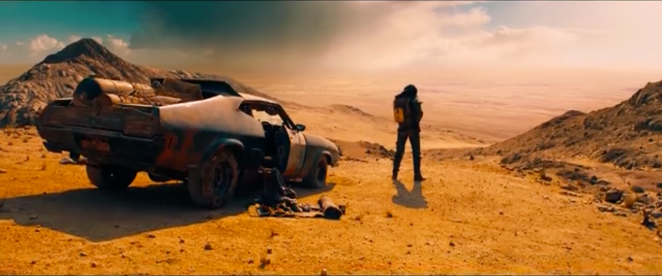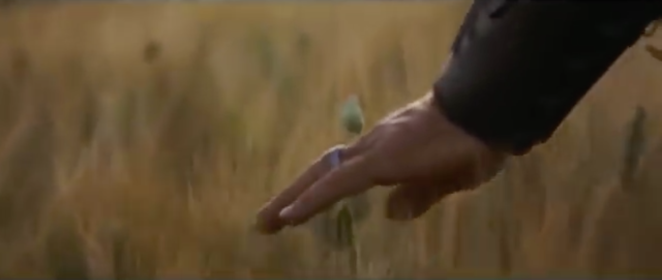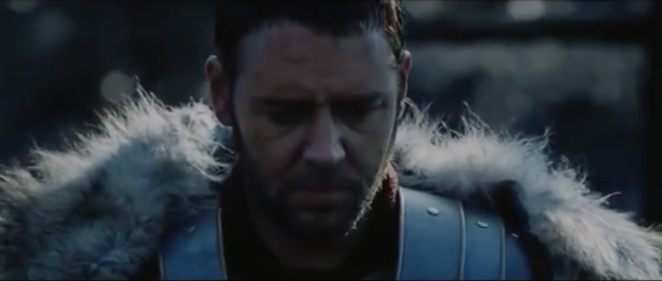The editing in the opening scene of the film “Mad Max:Fury Road” (George Miller 2015) sets the pace and tone for the film, while engaging the audience in the action. Multiple editing techniques are used intensely in this opening scene allowing the scene to be full of action while encouraging the scene to progress at a fast pace.
Clip A opening scene of “Mad Max: Fury road”.
The duration and pace of the shots in the opening scene is essential as it leads the momentum of the scene. The very first shot of the film of Max standing in a desert by his car is a length of 38 seconds long, which begins the scene with the audience curious to know what is going to happen next (fig 1a). This long take sets the pace for the scene, as Corrigan and White state “one obvious example of controlling pace is the use of long takes” (153). This long duration shot is interrupted by a series of fast paced jump shots which instantly picks up the momentum of the scene. One more long take shot is used after the jump shots, where by the end of the shot the audience is able to understand that Max is being chased. This sequence of differently paced shots set the tone for the rest of the scene as it becomes a scene about Max being chased.

Figure 1a long take opening shot of Max in the desert.
An interesting technique used multiple times in the scene is the use of a flashback. The flashbacks in the scene allows a “narrative motivation” (Corrigan and White 151) as it shows that there is something else that Max is thinking about, the flashbacks are giving him a motivation to get free. One example of a flashback is as Max is desperately trying to escape from his car (fig 2a). A flashback of a young girl (fig 2b) is shown as a voiceover of Max says “haunted by those I could not protect”, which highlights the idea that he may have regrets about his past.
Figure 2a and 2b Max trying to escape and then has a flashback of a young girl in trouble.
Finally, match on action is another editing technique used multiple times throughout the scene. Corrigan and White state that this is when “the direction of an action … is edited to a shot depicting the continuation of that action” (156-157). This technique allows for the audience to understand the space around Max and feel apart of the action. For example, Max comes across a car as he is trying to escape. A shot from behind Max as he jumps over the car is edited to the next shot where he is coming towards the camera (fig 3a and 3b). This technique also shows that the film is sticking to the Hollywood traditional continuity editing style, allowing all of the relationships of the shots to make sense to the viewer.
Fig 3a and 3b match on action shots of Max jumping over the car.
Works Cited
Media Text:
“Mad Max: Fury Road – Opening Scene”. Youtube. Aug 26 2015. Web Video. 21 April 2016 https://www.youtube.com/watch?v=-IJ8_Jf891k
Readings:
Corrigan, Timothy and White, Patricia. The Film Experience: An Introduction. 3rd ed. Boston, New York: Bedford/St. Martins. Print.
























